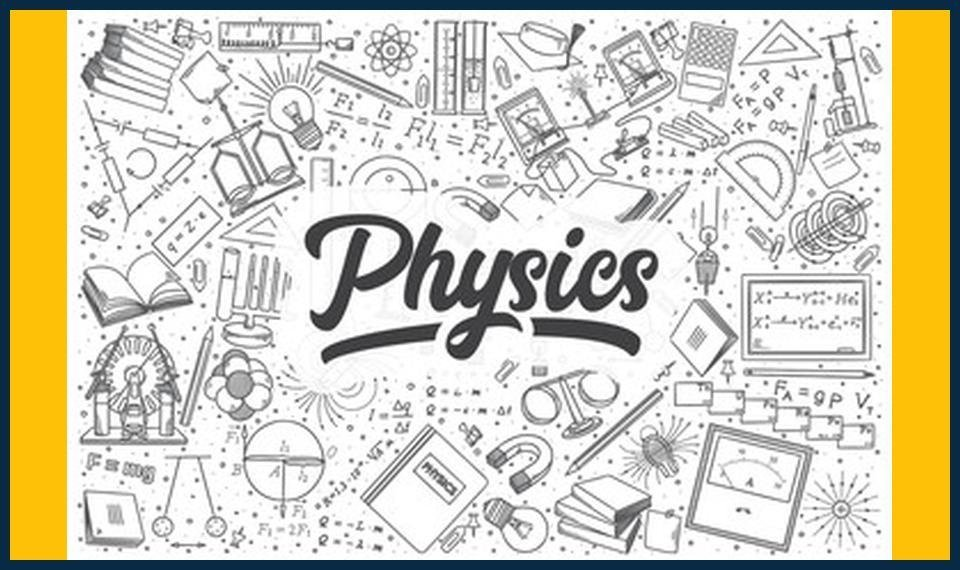![]()
Unlocking Academic Success: A Guide to Creating Smart Notes Using AI and Mind Maps 📚💡
Hello there! Are you tired of piles of textbooks and endless pages of notes? Do you struggle to remember key concepts and facts? Fear not! In this blog post, we’re excited to share with you how AI and mind maps can revolutionise your study routine and pave the way for academic success 🎓🏆
Why Smart Notes? 💡
Smart notes are concise, organised, and visually appealing summaries of information that make learning more effective and efficient. They help students to grasp complex ideas, retain information, and recall it more easily when needed.
Enter AI and Mind Maps 🤖🎨
AI has made it possible to automate the process of note-taking and mind mapping, making it more accessible and user-friendly for everyone. By using AI-powered tools, students can create colourful, interactive, and personalised study materials quickly and easily.
How to Get Started 💻
1. Choose an AI-powered mind mapping tool: There are numerous options available, such as Coggle, XMind, or MindMeister.
2. Start with a clear question or topic: For example, “What is the concept of photosynthesis in GCSE Science Tuition?”
3. Use AI to gather information: Most tools have a built-in research function that allows you to find relevant information online.
4. Organise your notes: Categorise information using branches and sub-branches, making it easy to navigate and understand.
5. Add images, videos, and links: Use multimedia elements to create a more engaging and memorable study experience.
6. Review and refine your mind map: Regularly go back to your mind map and update it as you learn more.
Real-Life Example 🌟
Imagine a student preparing for their A-Level Physics Tuition exam. They create a mind map on the topic of Newton’s laws of motion, using AI to find supporting examples and diagrams. By visualising the information, they are better able to understand and remember key concepts, leading to improved exam performance.
Practical Tips for Parents and Tutors 🙋♂️👩🏫
1. Encourage active learning: Encourage students to take responsibility for their learning by creating their own smart notes.
2. Provide guidance: Offer support and advice on how to use AI and mind maps effectively.
3. Monitor progress: Keep track of students’ progress and offer feedback and suggestions for improvement.
4. Foster independence: Help students to become self-directed learners by encouraging them to seek out information and create their own study materials.
FAQs ❓
What tools can I use for AI-powered mind mapping?
There are numerous options available, such as Coggle, XMind, or MindMeister.
How can AI help with note-taking and mind mapping?
AI can automate the process of note-taking and mind mapping, making it more accessible and user-friendly for everyone.
What are the benefits of using smart notes and mind maps?
Smart notes help students to grasp complex ideas, retain information, and recall it more easily. Mind maps make learning more engaging and memorable.
How can I create effective mind maps?
Start with a clear question or topic, organise information using branches and sub-branches, use multimedia elements, and regularly review and refine your mind map.
How can I encourage my child to use smart notes and mind maps?
Encourage active learning, provide guidance, monitor progress, and foster independence.
What subjects are suitable for mind mapping?
Any subject can benefit from mind mapping, including GCSE Maths Tuition, GCSE Science Tuition, and A-Level Physics Tuition.
Can I use mind maps for revision?
Absolutely! Mind maps are an effective tool for revision as they help to organise information and make it easier to recall.
Can I use AI and mind maps for group study?
Yes! Collaborative mind mapping allows students to work together, share ideas, and learn from each other.




